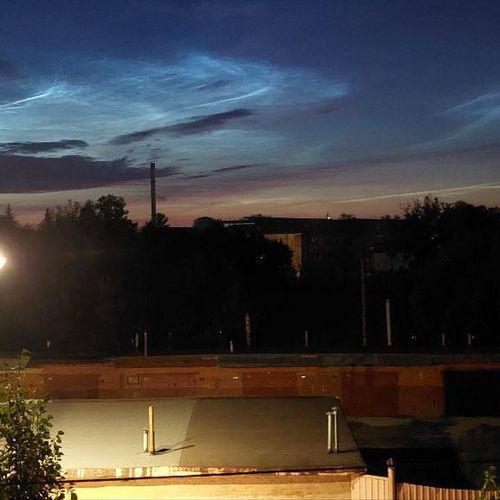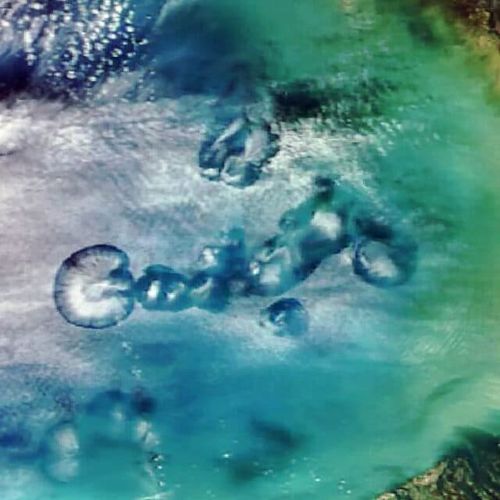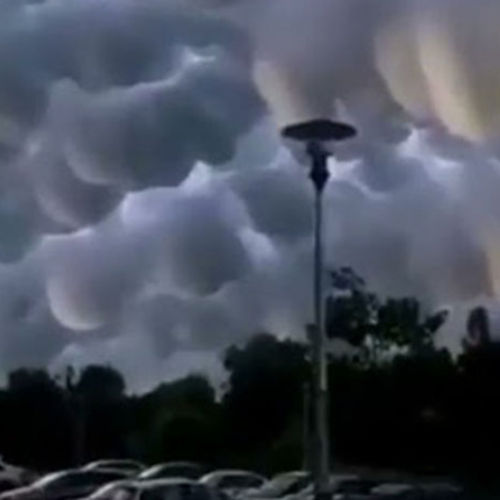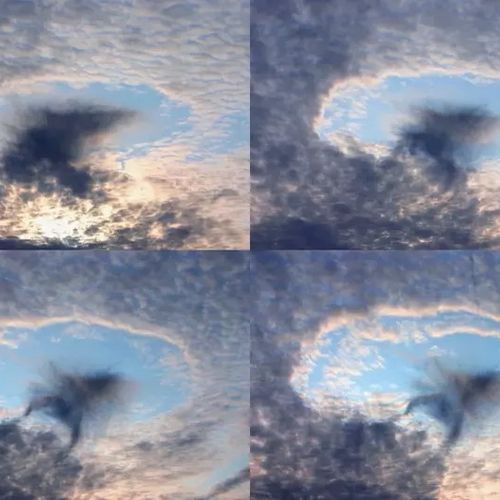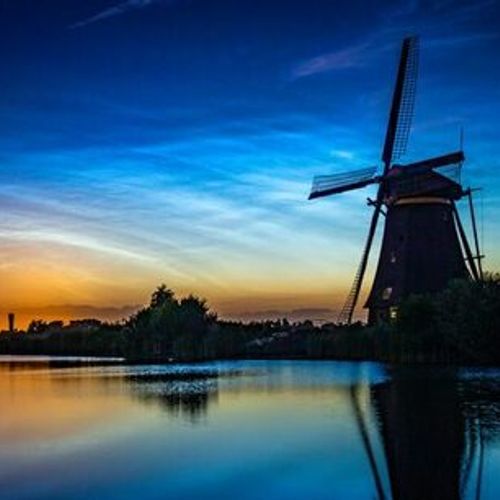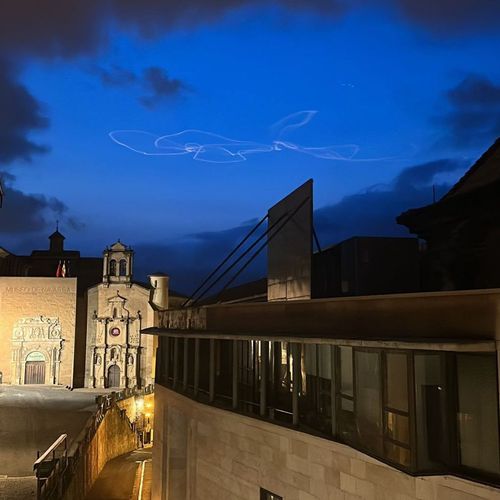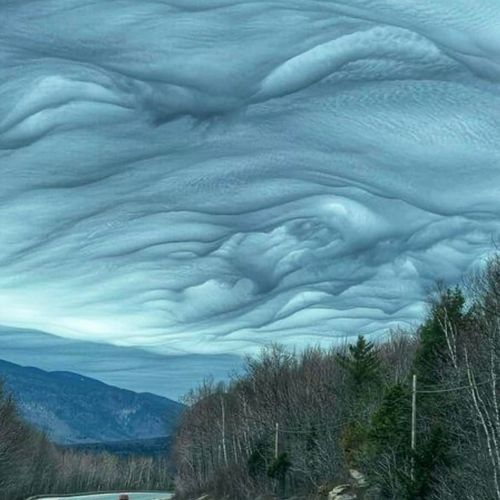
| Added | Sun, 30/04/2023 |
| Источники | |
| Дата публикации | Sun, 30/04/2023
|
| Версии |
Recently, scientists and cloud lovers have discovered a new phenomenon in the atmosphere - "rough clouds" or undulatus asperatus. They were described in the noughties, and there is no well-established name for this phenomenon in Russian yet. Although they are not rare and can be found everywhere.
Recently, photos of "rough clouds" were taken over New Hampshire. This phenomenon looks like huge waves in the sky, which resemble a rough surface. In fact, these are clouds that are formed as a result of turbulence of air flows.
How do "rough clouds" arise?
These clouds form when warm and humid air rises into the atmosphere and then cools and condenses into clouds. At the same time, the cold air that is above begins to descend and mix with the warm air, creating turbulence. This leads to the formation of waves on the clouds, which look like a rough surface.
Some scientists believe that "rough clouds" may be associated with climate change and global warming. This is due to the fact that changes in air temperature and humidity can lead to an increase in turbulence in the atmosphere and, consequently, to the formation of "rough clouds".
Although "rough clouds" have been discovered relatively recently, some people claim that they can be seen in paintings and photographs taken in the past. For example, in the paintings of the artist Vincent Van Gogh, you can see clouds that resemble "rough clouds".
"Rough clouds" are a unique phenomenon in the atmosphere that continues to arouse the interest of scientists and cloud lovers. They may be related to climate change and global warming, which makes the study of this phenomenon even more important.
Новости со схожими версиями
Log in or register to post comments

